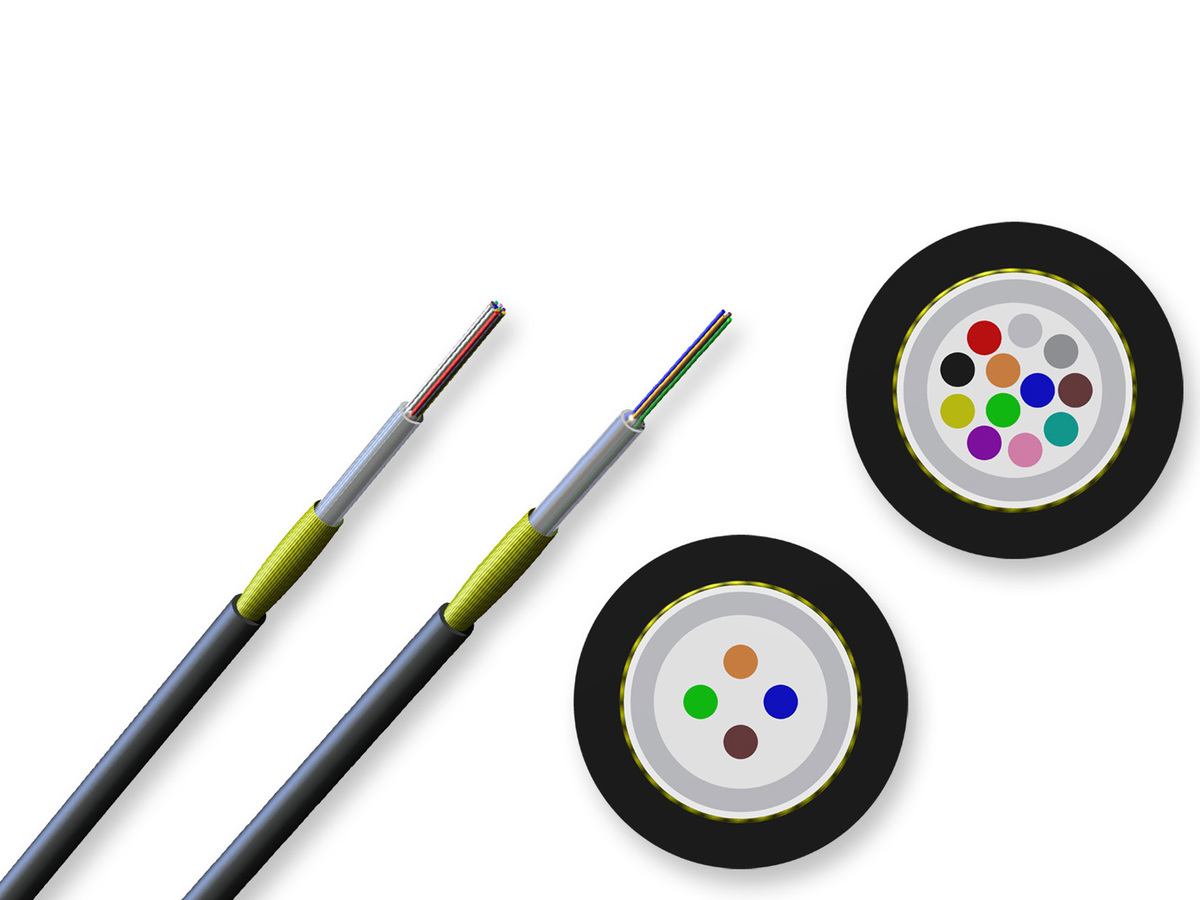

024ZK4-13142ADE
MiniXtend® Cable, CT A-D(ZN)2Y, 24 fibres, CT, single-mode (SMF 28e® ULTRA 200) - VDE
General Specifications
| Product Number | 024ZK4-13142ADE |
| Installation Methods | Microduct |
| Cable type | Central Tube |
| Environment | Outdoor |
| Product type | Dielectric |
| Fibre category | Single-mode (OS2) |
| Cable geometry | Round |
Standards
| Fibre Standards | TIA/EIA-492CAAB, IEC 60793-2-50 Type B1.3, ITU-T G.652.D and ITU-T G.657.A1, ISO/IEC 11801 Ed.2.2 |
| RoHS | Free of hazardous substances according to RoHS 2011/65/EU |
Environmental Conditions
| Temperature range, installation | -5 °C to 50 °C |
| Temperature range, operation | -20 °C to 60 °C |
| Temperature range, storage | -25 °C to 60 °C |
Cable Design
| Cable marking | Meter Handset D-Sine CORNING Year MINIXTEND(R) A-D(ZN)2Y 24F E9U200 CT1.7 |
| Fibre count | 24 |
| Outer jacket colour | Black |
| Outer jacket material | Polyethylene (PE) |
| Buffer tube diameter | 1.75 mm |
| Cable marking method | Laser printing |
| Cable marking colour | White |
| Fibre colouring | 1-12: red, green, blue, yellow, white, slate, brown, violet, aqua, black, orange, pink - 13-24 (all with one blank ring mark) red, green, blue, yellow, white, slate, brown, violet, aqua, natural, orange, pink |
| Fibres per tube | 24 |
Mechanical Specifications
| Crush resistance | 500 N/10 cm |
| Max. tensile strength, short-term | 80 N |
| Min. bend radius installation | 20 mm |
| Nominal outer diameter | 2.5 mm |
Optical Characteristics
| Fibre code | Z |
| Performance option code | 42 |
| Fibre category | OS2 |
| Fibre Type | Single-mode (OS2) / 200 µm |
| Fibre name | Bend-Improved Single-mode (OS2) |
| Maximum Attenuation | 0.36 dB/km / 0.36 dB/km / 0.22 dB/km |
| Wavelengths | 1310 nm / 1383 nm / 1550 nm |
| Fibre compliance | ITU-T G.652.D and ITU-T G.657.A1 |
| Cladding diameter | 125 µm |
| Coating diameter | 188 µm |
| Cable cutoff wavelength | 1260 nm |
| Mode-Field Diameter at 1310 nm | 9.2 µm |
Dimensions
| Cable Weight | 6 kg/km |
| Max. cable length per reel/drum | 6000 m |
Improved cable and fibre density
Reduced cable diameter for installation in micro ducts with 4mm minimum inner diameter
Fully-dielectric
No grounding required
Optimised for air-assisted install in microducts
Capable of installation distances greater than 2000 m (6560 ft) at speeds up to 150 m/min (490 ft/min)
SMF-28e+®according to ITU-T G.652.D
Transmission security, low attenuation and polarization mode dispersion
